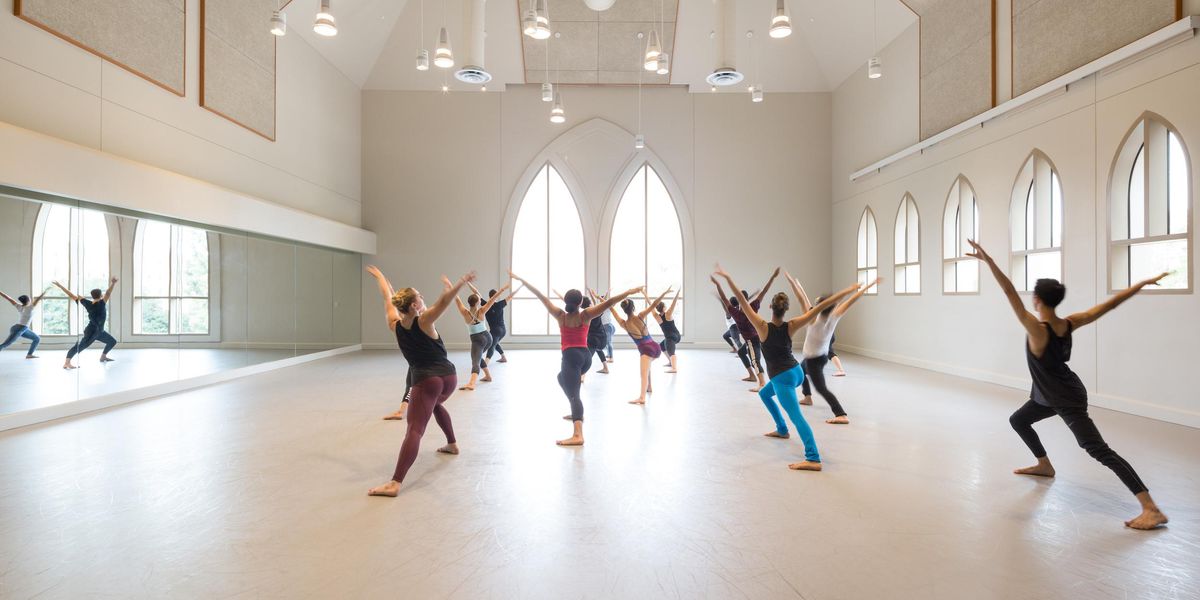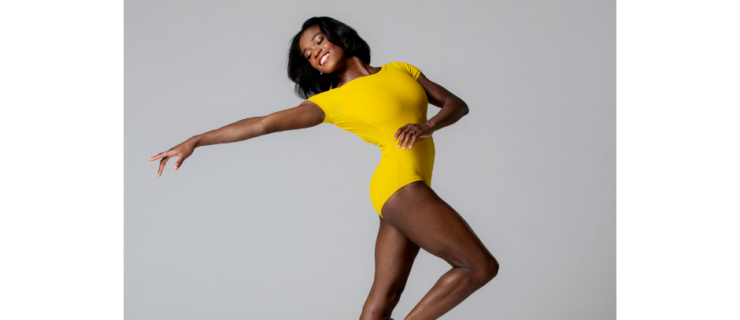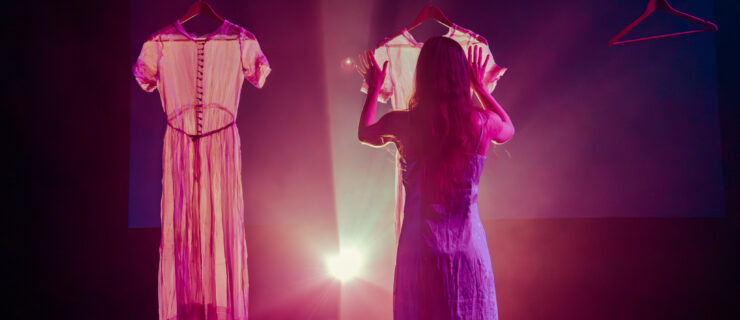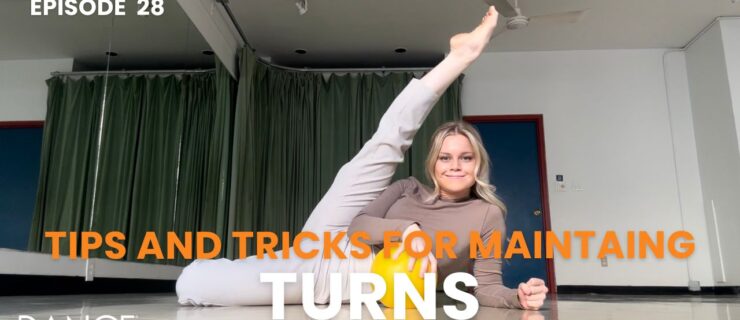Sitting Pretty
If you’re like countless dancers, you’ll be looking to better your instrument—your body—as a New Year’s resolution. To that end, former New York City Ballet dancer (and “
25 to Watch
”) Rachel Piskin has developed a new exercise regimen for dancers and non-dancers alike. Trading her pointe shoes and Yumikos for sneakers and Lululemon, Piskin now teaches at ChaiseFitness, a boutique fitness studio located in Manhattan and East Hampton, NY, that she founded with her mother.
Don’t be fooled by the name, “Chaise.” There’s not a lot of sitting during the 55-minute “Reinvention method” class, which combines Pilates, ballet, and cardio exercises. Clients hover over the chair—a stool with a sprung pedal—for ab exercises, climb over it for glut work, and stand behind it while toning their arms with ceiling-suspended bungee cords. In her classes, Piskin sees countless models, athletes, and dancers—including Tiler Peck, Ralph Ippolito, and Robert Fairchild.
Dance Teacher editor Jenny Dalzell recently spoke with Piskin about how ChaiseFitness’ workouts can benefit dancers.
When you stopped dancing, did you plan to become a fitness instructor?
I stopped dancing because of my body. I was putting so much stress on it and I was gaining weight for no reason. It seemed like my body was fighting against everything I did; everything felt awful. I ended up enrolling at NYU to get my degree in costume design, but it really wasn’t the right fit for me. I missed moving, using my body, and being creative.
Around the same time, my mom was beginning to develop a new workout program. I started helping her, and I loved it. Not only did the workout transform my body into what it had been when I was dancing, it felt good. I also found a voice I didn’t have while I was dancing. I had never even taught ballet before, so I never thought I’d love being an instructor as much as I do. It’s still a bit of a performance. I love entertaining people and help them change their bodies.
You train a lot of dancers at ChaiseFitness. What are the most common weaknesses you notice?
Dancers often rely too much on their lower or upper bodies and neglect their core. It’s understandable; after dancing 14 hours a day, you are so exhausted you don’t have the energy to do other things. But focusing on core strength is so essential. I wish that I had. I would have jumped and turned better. I find that I’m stronger now than I was when I was dancing.
Do you see differences in clients who are dancers compared to non-dancers?
Dancers are definitely stronger overall and have an incredible mind-body connection that you don’t see in others. Dancers walk in the room and immediately you know they dance because of the way they carry themselves and the way they can pick up corrections. We’re so attuned to the tiniest adjustments in form and technique and it really helps in a fitness class to use those skills. But anyone that comes into these classes is on the same level—no one has used this equipment before, which can be a fun challenge.
What do you think is most surprising about your classes?
Clients say that it’s fun, which is surprising because [some] people think that in order to have a good workout it has to be torturous. But if you’re in an environment where you feel comfortable enough to push yourself, that’s the best experience. If you don’t like what you’re doing, you’re going to make every excuse in the book not to go. So pick something you enjoy. You should do what makes you feel good.
See
www.chaisefitness.com for class schedule and more information.




